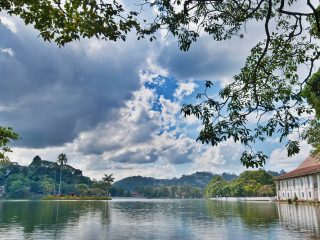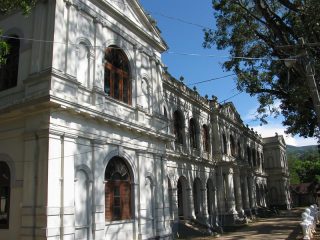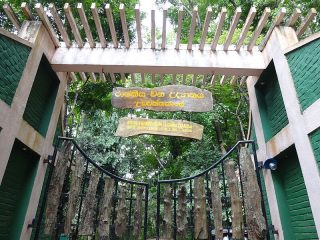The history of Sri Lanka, particularly the last four hundred years, is peppered with European colonisation movements and their activities in the island. The Portuguese that came to Sri Lanka in 1505 landed at the port named Kolonthota on the Western coast and proceeded to engage heavily in trade. Subsequently, in 1656, the Dutch conquered the Portuguese controlled areas and continued to carry out trade activities whilst also influencing the social, religious and legal structures in the island. The final colonisation movement occurred in the form of the British who acquired control of the Dutch dominated areas as part of an agreement that took place in Europe. The British proceeded to exert full control over the entire island in 1815 being the only foreign power to do so.
It is a country rich with history such as this that tourists will invariably visit when they come to Sri Lanka. Colombo, being the commercial capital of the island is well equipped with Colombo hotels Sri Lanka which can be booked effortlessly via online booking services such as Cvisit. Once in Colombo, tourists will be thrilled to find that an important aspect of Sri Lankan history resides in the city itself, namely, the Colombo Fort. While the Portuguese landed in Kolonthota, they developed the area into a major fortress in the process of pursuing their trading activities. It is this fortress that is known as the Colombo Fort and which is located in the vicinity of a number of major landmarks including the President’s House, Gordon Gardens, the Old Parliament Building and the Old Colombo Dutch Hospital.
Fort, while being of immense commercial and business importance and housing the Colombo Stock Exchange and the World Trade Centre, is bordered by the Galle Face Green Promenade, providing the area with some much needed greenery and a beautiful ocean view.
Uditha Dharmawardhane is a travel writer who writes under the pen name Roland Lefevre. He specializes in creating features on leisure as well as business travel destinations across the globe.








